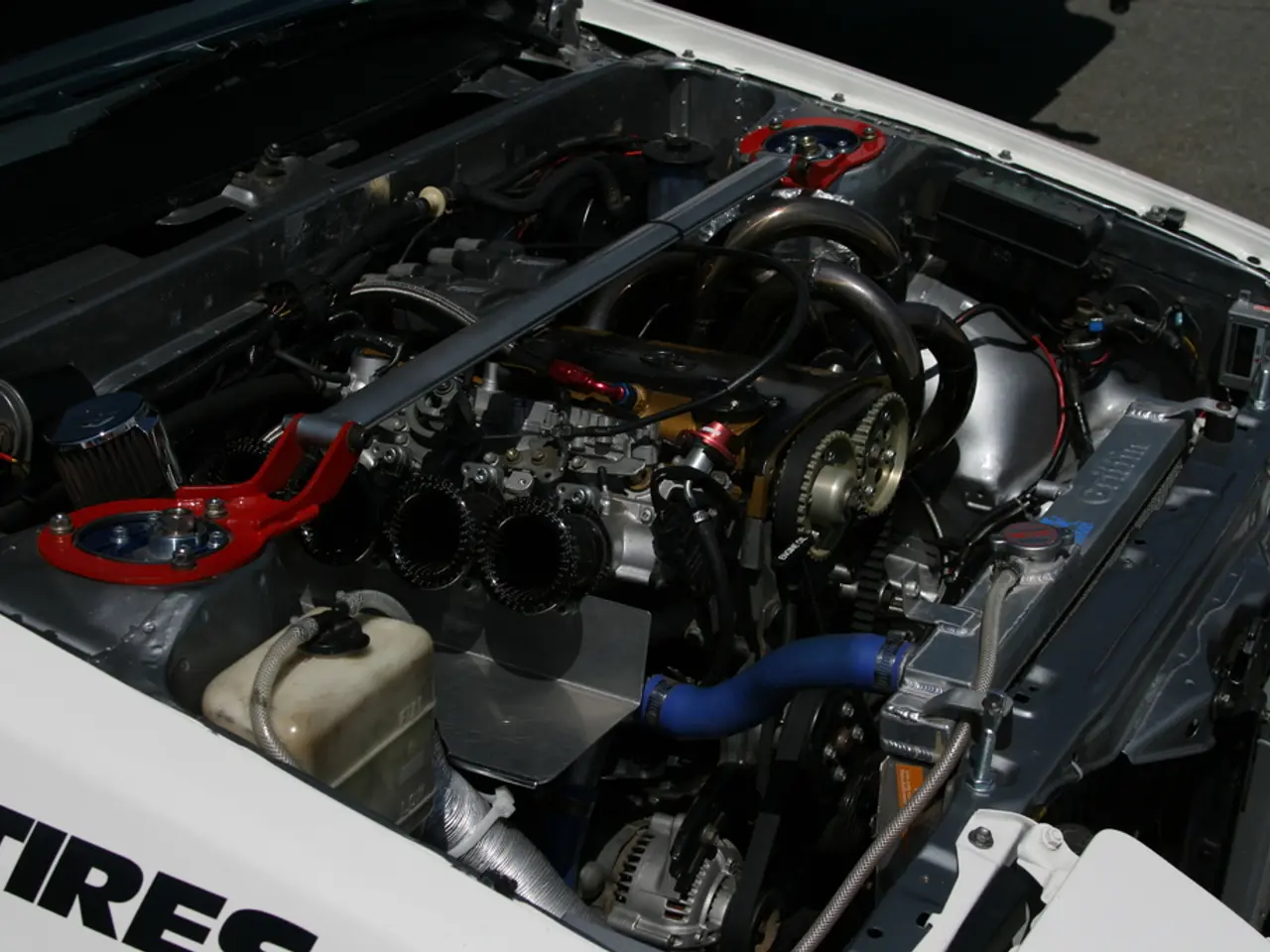Formula One's Grand Prix has been delayed.
The Federation Internationale de l'Automobile (FIA) and Formula 1 are navigating through a complex landscape as they strive to shape the future of power units in the sport. The aim is clear: simpler, cheaper, and less battery-dependent engines, with a potential shift towards a 2.4-liter V8 naturally aspirated engine in combination with an electric drive.
However, achieving this vision is proving to be a challenge. Consensus among manufacturers is far from reached, with opinions divided over the type of engine to be used, ranging from V8 naturally aspirated to V8 biturbo. The FIA's preferred regulation remains undisclosed.
The FIA President, Mohammed bin Sulayem, has advocated for a switch to new engine regulations as early as 2029. Yet, this proposal faces resistance, with only RB Powertrains and Cadillac currently agreeing to an early switch. Mercedes and Ferrari, on the other hand, are advocating for a switch in 2030.
The manufacturers' meeting ended without results due to the lack of agreement, and the details of the electric drive, including energy storage and input, remain unclear among them. Audi and Honda, however, have insisted that the planned V6 turbo with 350 kilowatt of electric power be valid for the full five years, starting from 2026.
In the event of no agreement, the FIA may impose its preferred regulation over the manufacturers in 2031. The FIA is giving manufacturers more time to agree on a common line, hoping to achieve unity before this deadline.
The start of the next regulatory cycle, initially aimed for 2029, remains uncertain due to the lack of agreement among manufacturers. The FIA has announced that it will enforce its preferred concepts by the end of 2025 if no agreement among manufacturers is reached.
The discussions on the next engine regulation are ongoing, and the manufacturers are hopeful that they can find a compromise that will shape the future of Formula 1 power units. The FIA and Formula 1, in turn, are providing more time, hoping to push the concept of a 2.4-liter V8 naturally aspirated engine with an electric drive through before 2031.
In this dynamic landscape, the road to a new era of Formula 1 power units is paved with challenges, but also with the promise of innovation and excitement for fans worldwide.








